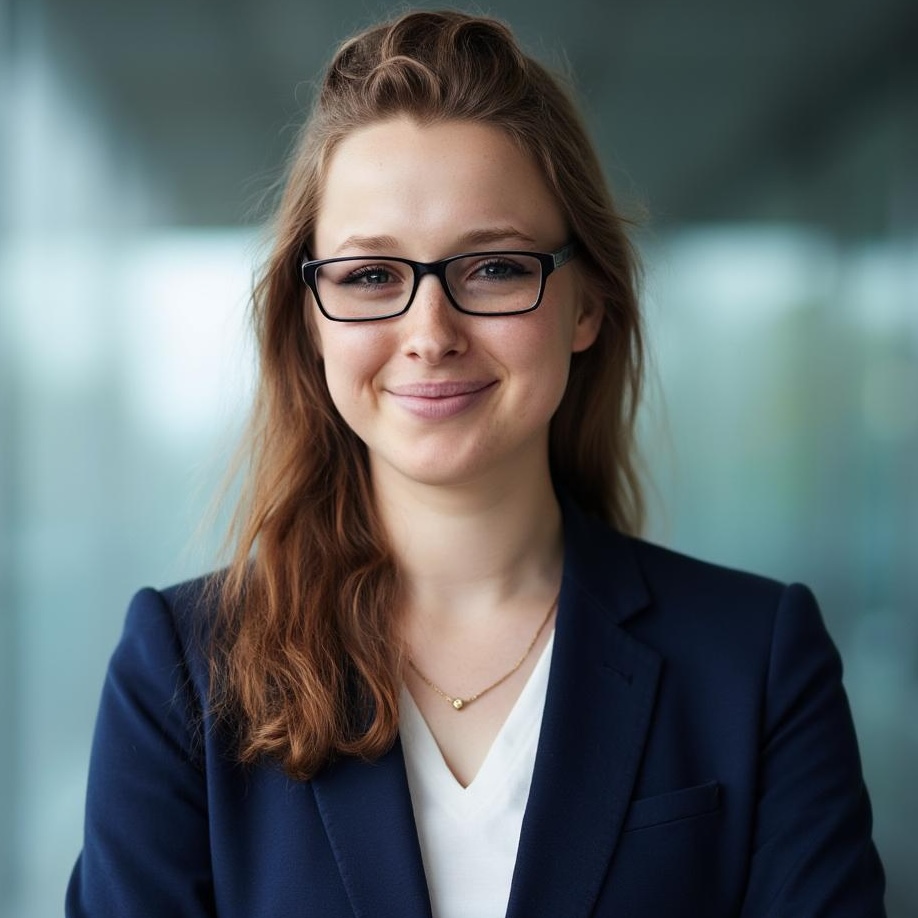I am a Ph.D. student at MIT in Chemical Engineering and Computing (ChemE-CSE). My research focuses on applying machine learning and computational methods to solve problems in chemistry, particularly structure elucidation and catalysis. I graduated from ETH Zurich with an MSc in Chemistry in 2025, focusing on machine learning, spectroscopy, and catalysis, and worked as a visiting scientist at the startup Entalpic.
For any inquiries, please do not hesitate to get in touch via social media or e-mail.
What’s New
- [25/09] Our team won the Lila Science overall prize (top 3%) and second place of the MIT-wide site at the Global LLM Hackathon for Applications in Chemistry and Materials Science!
- [25/08] I joined the Massachusetts Institute of Technology as a PhD student in Chemical Engineering and Computational Science and Engineering, an interdisciplinary program between the Department of Chemical Engineering and Schwarzmann College of Computing (CSE-ChemE)!
- [25/06] Selected as one of the Lindau Spirit Fellowship awardees, I will be presenting my master’s thesis on automated structure elucidation of mass spectra using neural networks at the 74th Lindau Nobel Laureate Meeting in Chemistry! Thank you to the Study Foundation of the Austrian Academy of Sciences for further supporting my participation with a travel grant.
- [25/05] I joined Entalpic as a visiting machine learning scientist in chemistry. At the startup, I am working on large language models for the automated discovery of catalysts to decarbonize industrial chemistry. Part of this effort is leading the synthesis extraction working group within the Open Source Community LeMaterial – I am excited to work with a team of 15+ people (across six timezones) in materials science and deep learning.
- [25/03] I published a Chemical Education column on Artificial Intelligence in Chemistry. It is a short primer for chemists and educators who are interested in pivoting into machine learning and chemistry. The open source article “Learning Chemical Intuition: From Molecular Models to Neural Networks” is available here!
